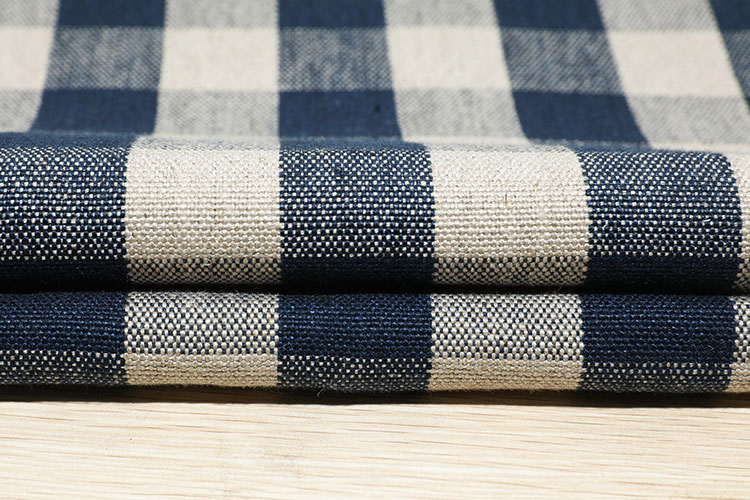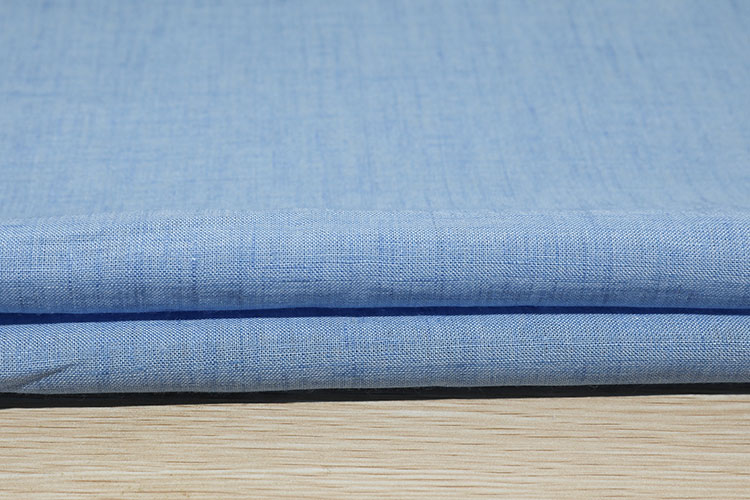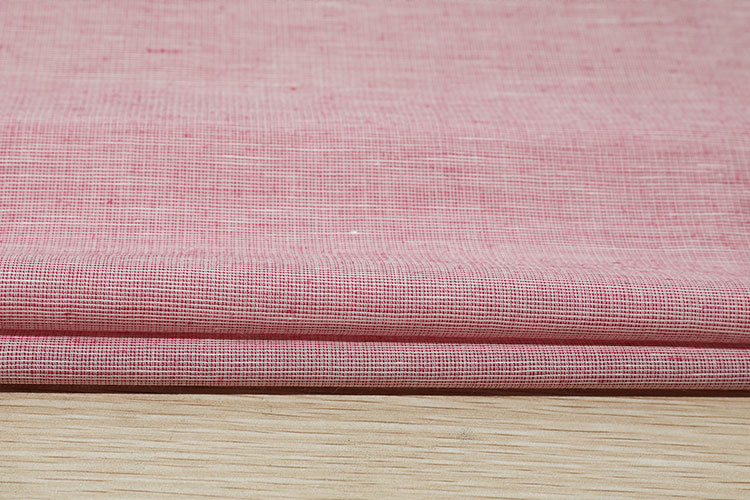When it comes to furniture, upholstery fabric plays a crucial role in determining both its aesthetic appeal and practical functionality. Selecting the right fabric can transform a simple piece of furniture into a stunning centerpiece while ensuring durability and comfort. With numerous options available in the market, understanding the different types of upholstery fabric and their characteristics becomes essential. This guide aims to provide you with comprehensive information to help you make an informed decision when choosing upholstery fabric for your furniture.

Understanding Upholstery Fabric:
Upholstery fabric refers to the material used to cover furniture such as sofas, chairs, and ottomans. It serves both a decorative and functional purpose, enhancing the overall appearance while withstanding everyday wear and tear. Upholstery fabrics come in various types, each offering unique qualities and characteristics.
Common Types of Upholstery Fabric:
a. Natural Fabrics:
Cotton: Known for its softness and breathability, cotton is a popular choice for upholstery. It is durable and available in a wide range of colors and patterns.
Linen: Offering a crisp and clean look, linen is a lightweight and luxurious fabric. It is highly breathable but prone to wrinkling.
b. Synthetic Fabrics:
Polyester: Recognized for its durability and resistance to stains, polyester is a versatile upholstery fabric. It comes in a vast array of textures and colors.
Nylon: Known for its strength and abrasion resistance, nylon is a reliable choice for high-traffic areas. It is easy to clean and maintain.
c. Blended Fabrics:
Rayon: Blending natural and synthetic fibers, rayon provides a soft and comfortable feel. It mimics the appearance of silk and is relatively affordable.
Acrylic: Resistant to fading and mildew, acrylic fabric is a popular choice for outdoor furniture. It offers excellent color retention and durability.
Factors to Consider:
a. Durability: Assess the fabric's durability based on the furniture's intended use. High-traffic areas require sturdy fabrics, while decorative pieces may allow for more delicate options.
b. Cleanability: Consider how easy it is to clean and maintain the fabric. Some fabrics require professional cleaning, while others can be spot-cleaned or machine-washed.
c. Style and Aesthetic: Choose a fabric that complements the overall style of the room and the furniture's design. Consider color, pattern, texture, and how it will coordinate with other elements in the space.
d. Allergies and Sensitivities: Take into account any allergies or sensitivities you or your family members may have. Some fabrics may trigger allergic reactions or be less suitable for individuals with respiratory issues.
Upholstery Fabric Treatments:
To enhance the performance of upholstery fabric, manufacturers often apply treatments that offer additional benefits, such as:
a. Stain resistance: Fabrics treated with stain-resistant coatings repel liquids and make cleaning easier.
b. Fade resistance: UV-resistant treatments help prevent fabric colors from fading over time, especially in rooms with abundant sunlight.
c. Antimicrobial properties: Certain fabrics are treated to inhibit the growth of bacteria, mold, and mildew, making them ideal for humid environments or households with pets.
Maintenance and Care:
To prolong the lifespan of your upholstered furniture, proper maintenance is essential. Regular vacuuming, immediate stain removal, and periodic professional cleaning are recommended. Always refer to the manufacturer's care instructions for specific guidance.
Choosing the right upholstery fabric for your furniture is a significant decision that affects both the visual appeal and longevity of your investment.


 English
English Chinese
Chinese




 +86-573-81880066
+86-573-81880066 +86-13666752302
+86-13666752302 enbo_dong@126.com
enbo_dong@126.com